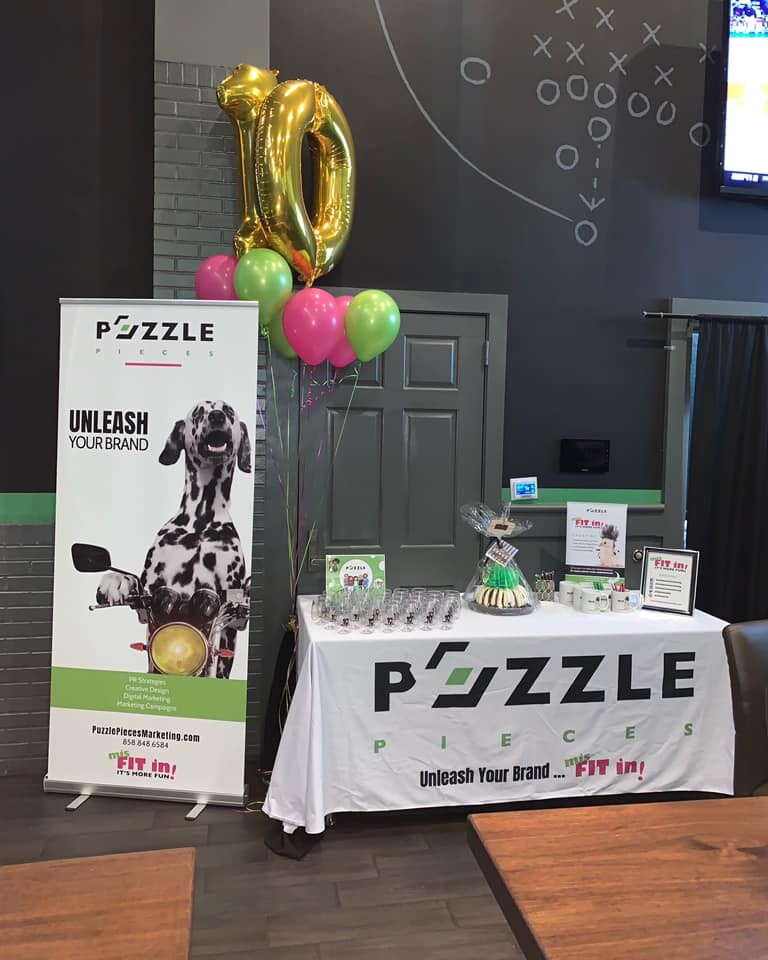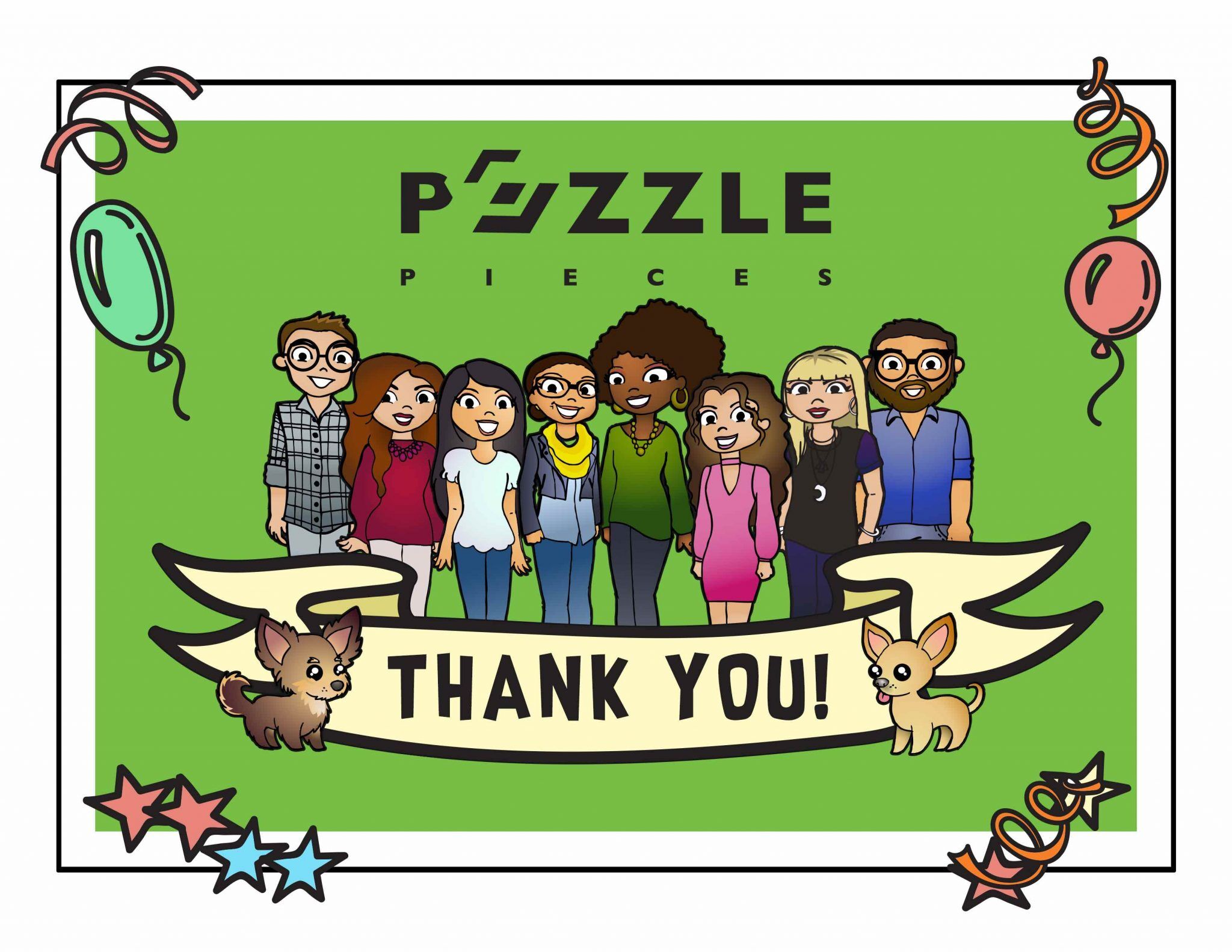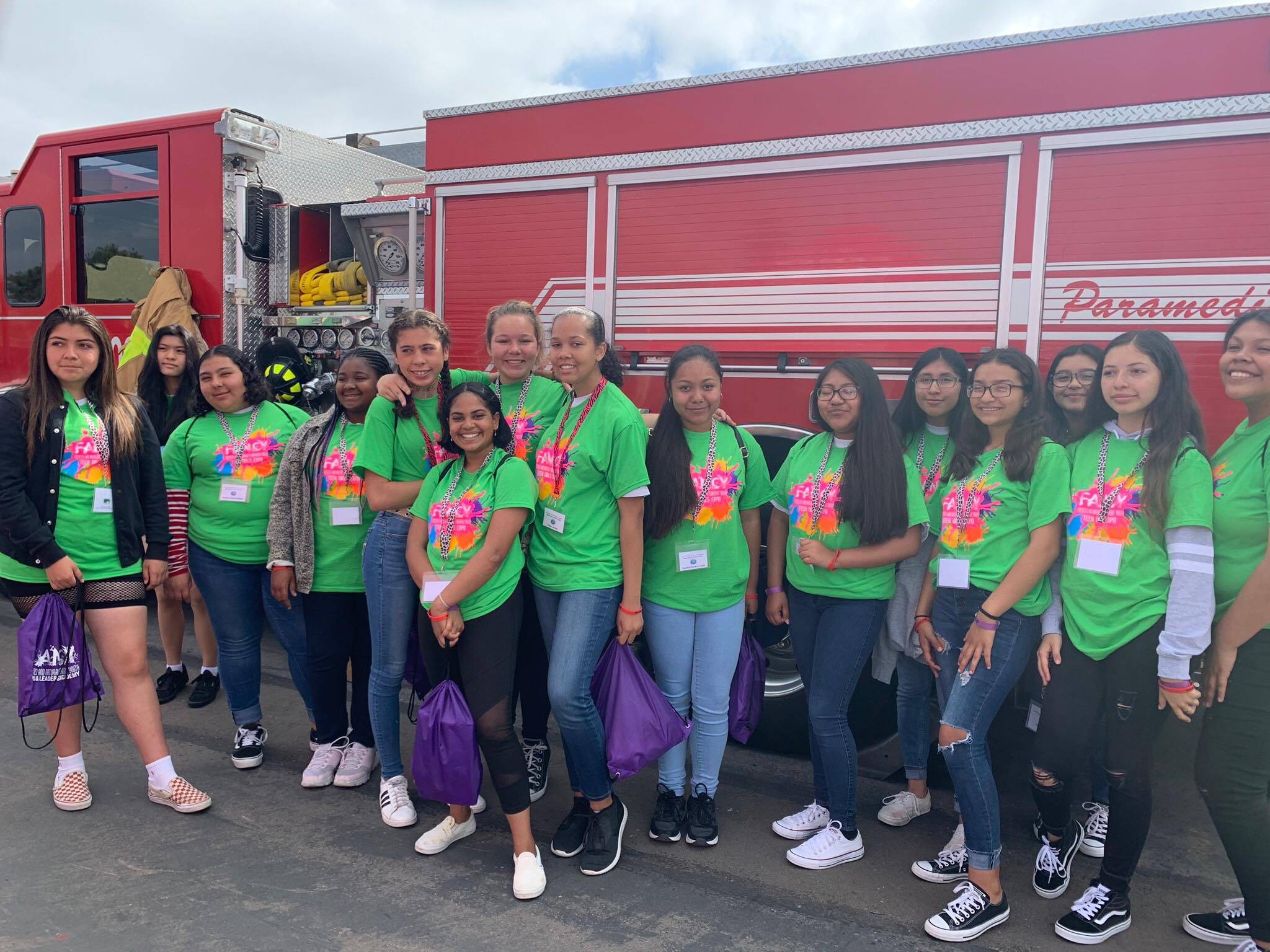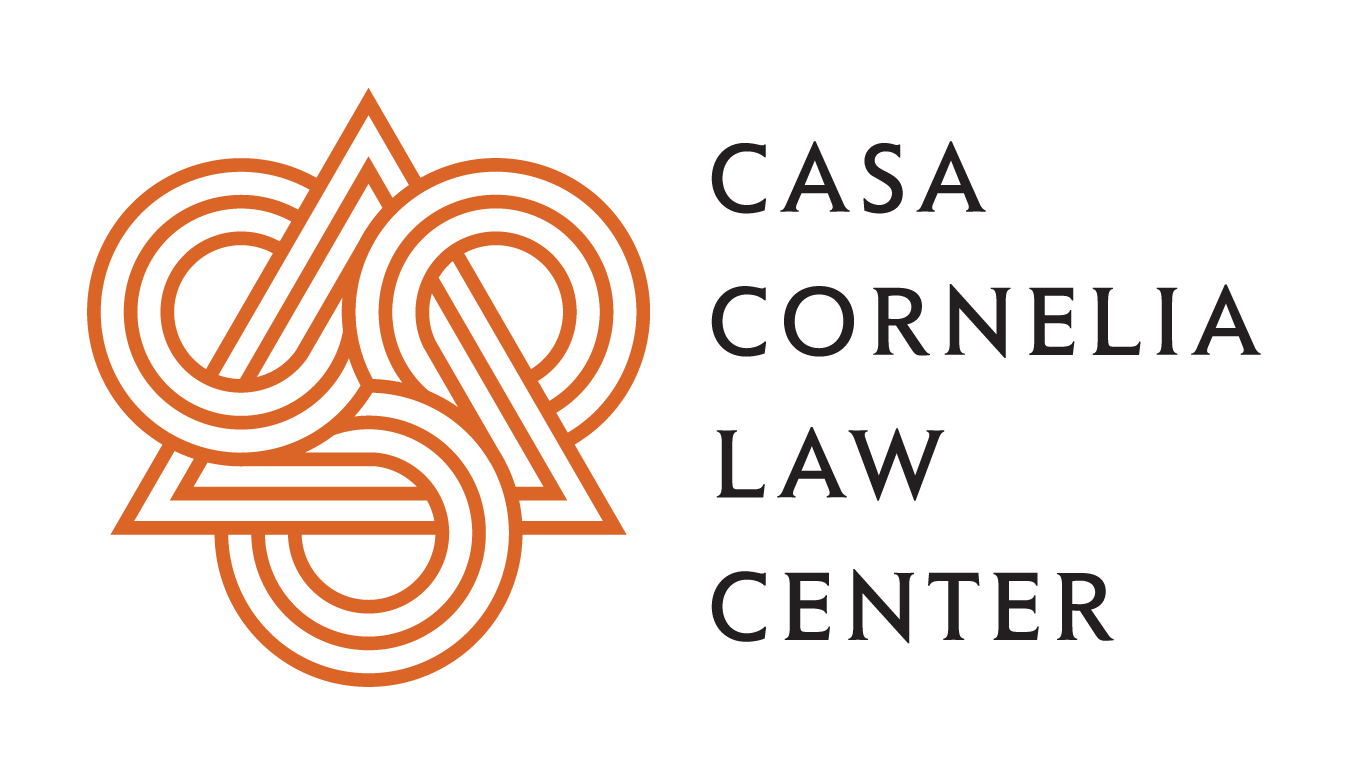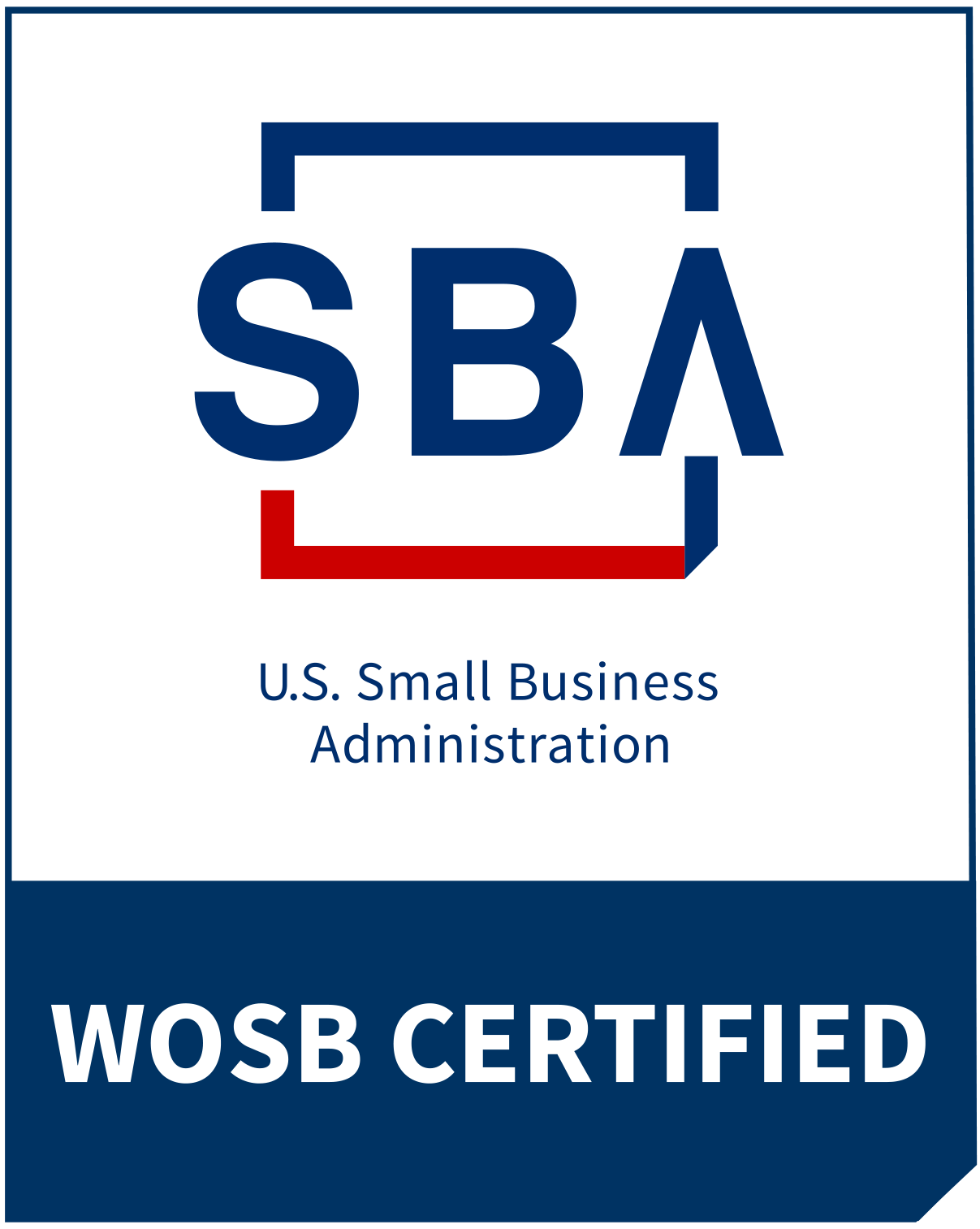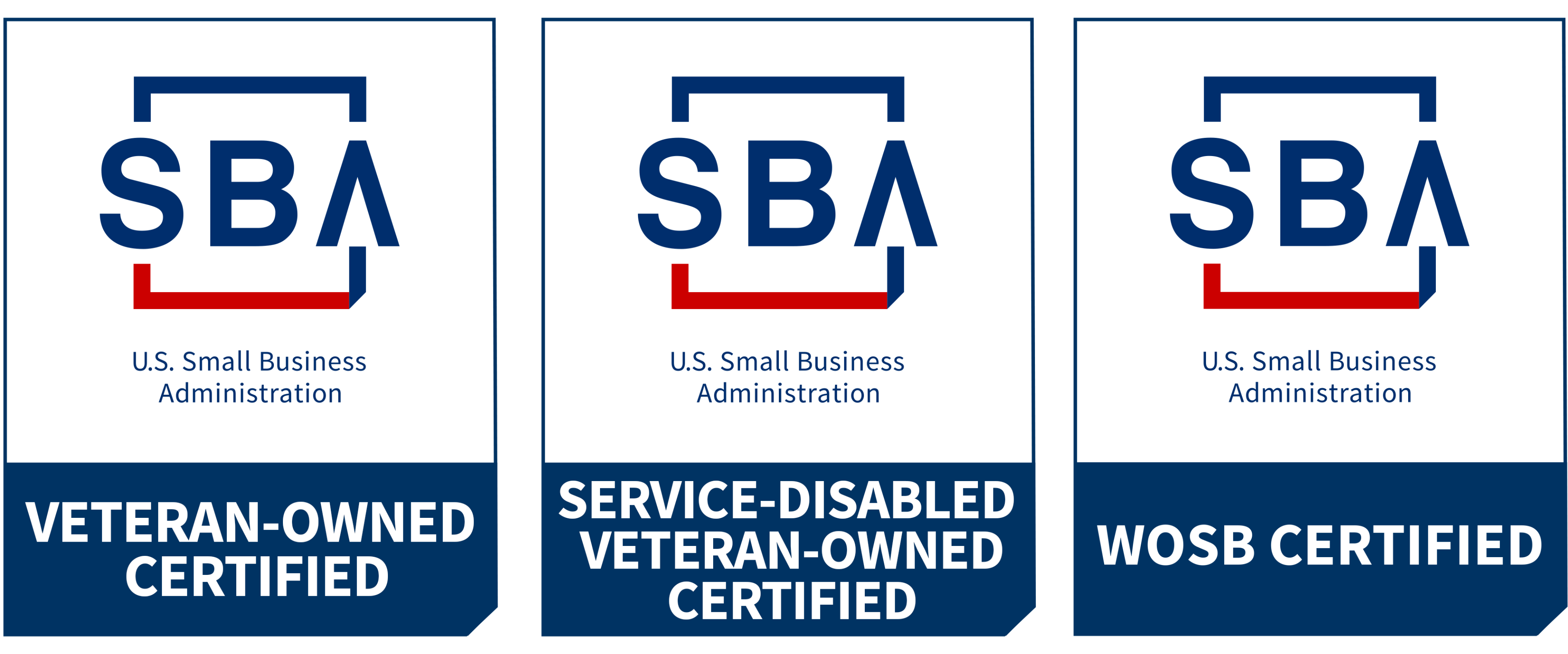How to Effectively Use Nonprofit Storytelling
Storytelling is the art of combining and expressing ideas and emotion. In the context of nonprofit storytelling, it’s the ability to define an organization’s mission while connecting emotionally with the right audience. While good storytelling allows for nonprofits to touch hearts, it also builds nonprofit messaging – how a nonprofit defines itself and inspires its audience to engage.
Check out this inspiring video from Feeding America featuring the story of Emily and kids like her that struggle with hunger.
In order to be effective, nonprofit storytelling must have a few key components:
- Create an Emotional Connection
- Focus on a Specific Person or Event
- Demonstrate Authenticity
- Provide a Call to Action
Create an Emotional Connection
Nonprofit storytelling aims to connect with people on an emotional level. It provides an audience with deeper connection than just surface level facts and figures. An emotional connection moves people to act rather than just being passive listeners. An effective emotional connection can encourage an audience to participate in an organization’s mission by donating, volunteering or sharing content.
Focus on a Specific Story or Event
Using a narrative to put the spotlight on a particular person or family can help donors make a better connection, allowing the audience to further empathize with the person or event. Specificity and the use of a story that focuses on a person, family or event can elevate how a nonprofit communicates its mission. Personal connections will help nonprofits build stronger more personal relations, giving their nonprofit credibility and authenticity.
Demonstrate Authenticity
Authenticity in the context of nonprofits is about telling a story in both a knowledgeable and thoughtful way. An audience will feel more engaged and connected when they believe in a story. If a story feels disingenuous, an audience is less likely to want to engage by donating, volunteering or sharing media. Telling a story that is authentic can make or break a nonprofit. People will be less inclined to donate if an organizations credibility is deemed untrustworthy.
Provide a Call to Action
One of the most important tools to leverage in nonprofit storytelling is providing the audience with a “call to action”. An effective CTA motivates your audience to take a specific action. Some examples are subscribing to a newsletter, share on social media or clicking the donate button. After a story make a connection with the audience on an emotional level, a call to action can have a powerful effect on engagement. An effective call to action can lead to an increase in donations, volunteers and overall engagement.
Storytelling is a key factor in the success of how nonprofit messaging can make that deeper connection that resonates with an audience. While the marketing intent may be to build a brand, the real purpose is to build awareness and support for a worthy cause that improves the community at large.









